‘Milipede River’ Spotted in Taiwan Will Make Your Skin Crawl
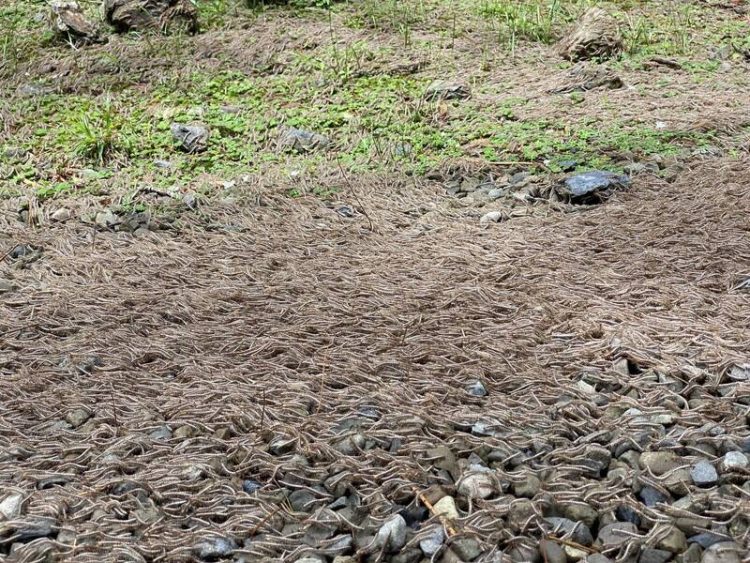
A slow-moving river of millipedes crawling on the ground in unison was recently spotted in a mountainous area of Taiwan and the video of it is enough to make your skin crawl. On April 27th, tourists visiting Hsüeh-Pa National Park in central Taiwan witnessed an unusual phenomenon that local guides have never seen before. While […]
Fish Scale Tide – A Natural Phenomenon Unique to Qiantang River

China’s Qiantag River is famous for a unique natural phenomenon, a wavy pattern tide that was only observed for the first time in 2021 and has come to be known as fish scale tide. The Qiantang River’s estuary in Zhejiang Province has long been famous for having the strongest tidal bores in the world. At […]
Lajamanu – The Arid Australian Town Where It Keeps Raining Fish

Lajamanu, a remote community in the Australian outback, near the Tanami Desert, recently experienced its fourth rain of fish in the last 50 years. They say lightning never strikes in the same place twice, but apparently the same cannot be said about raining fish. The arid town of Lajamanu, in the Northern Territory outback, sees […]
Kagami Numa – Japan’s Magical Dragon’s Eye Lake
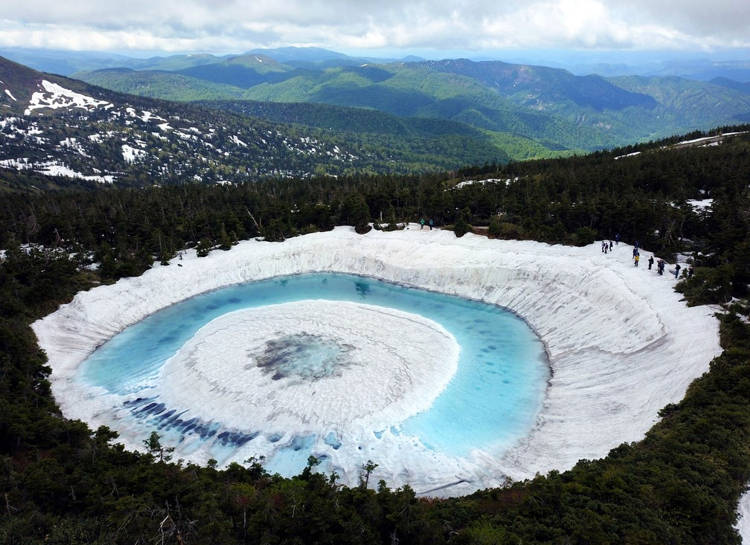
Kagami Numa is a mythical Japanese lake that turns into a giant eye every spring, during the thawing process, hence its nickname, Dragon’s Eye Lake. Located near the summit of Mount Hachimantai in north-eastern Japan, in the middle of a dense forest, Kagami Numa doesn’t look much different than the many other volcanic lakes in […]
California’s “Dark Watchers” Have Been Spooking Hikers for Centuries

For at lest 300 years, hikers in California’s Santa Lucia Mountains have been reporting sightings of shadowy, mysterious silhouettes popularly known as “dark watchers”. The first reports of giant figures ominously perched on mountaintops date back to the 1700s, when the Spanish first came to California. They were actually the first to dub these mysterious […]
Hundreds of Sinkholes Appear Across Croatian Region After December Earthquake
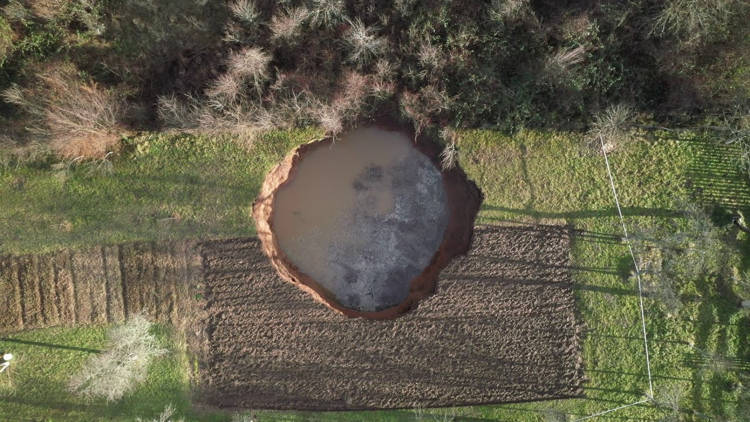
Thousands of people are living fear of being swallowed up by the Earth after hundreds of sinkholes appear in an area that was shaken by strong earthquake just over two months ago. On December 29, 2020, Croatia recorded its strongest earthquake ever. Measured at 6.4 points on the Richter magnitude scale, the quake directly affected […]
Baikal Zen – Rare Phenomenon Makes Rocks Look Like They Are Floating Above Water

In winter, Siberia’s Lake Baikal becomes the scene of a rare natural phenomenon known as “Baikal Zen”. Large stones balance on thin ice “legs” above the surface of the lake, making it seem like they are floating in the air. Lake Baikal is a fascinating body of water. It’s so large it can easily be […]
Earth’s Heartbeat – The Mysterious Sound Generated Every 26 Seconds

Ever since the 1960s, seismologists on multiple continents have detected a mysterious pulse generated like clockwork, every 26 seconds. But in the last 60 years no one has been able to figure out what this sound actually is. The “heartbeat of the Earth” was first documented in 1962, by John Oliver, a researcher at the […]
Natural Phenomenon Causes Remote Nevada Lake to Turn Turquoise
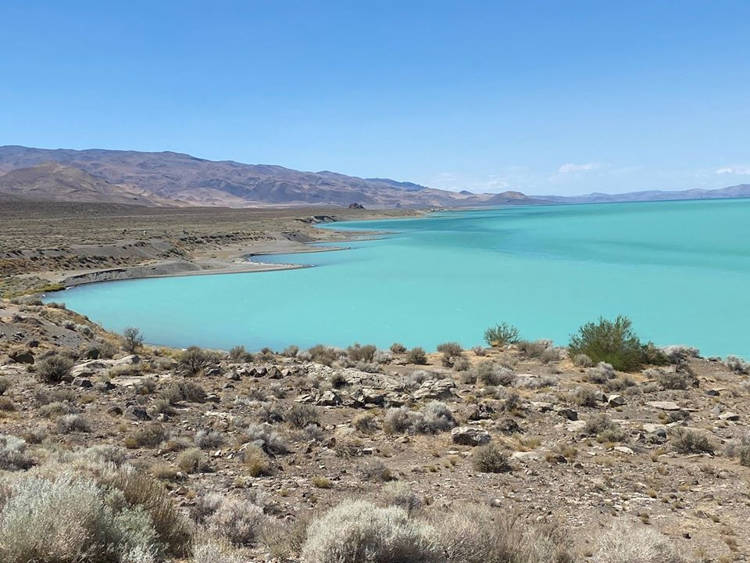
Once every 7 to 10 years, Nevada’s Lake Pyramid experiences an algae boom so significant that its color changes from dark blue to a vibrant turquoise. This phenomenon is known as “whiting”. Located in a remote desert area of the Pyramid Lake Paiute Tribes’ Reservation, about 40 miles northeast of Reno, Lake Pyramid is famous […]
Horsetail Falls – The Yosemite Waterfall That Turns Into a Natural Firefall in February
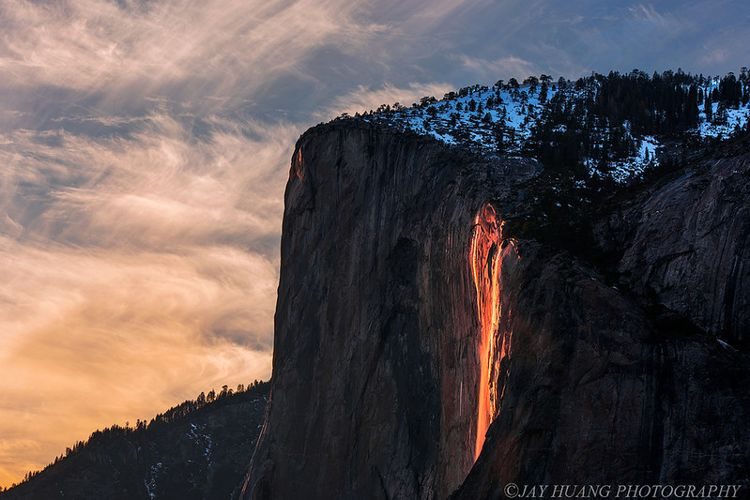
A temporary waterfall in Yosemite National Park has become a popular tourist attraction in the mouth of February, because under the right conditions sunlight makes the water flowing down the rock face look like fire, hence its nickname, Yosemite Firefall. Every year, from December to April, water from melting mountain snow flows toward the eastern […]
This Famous Tree Log Has Been Floating Vertically for 120 Years And No One Knows Why
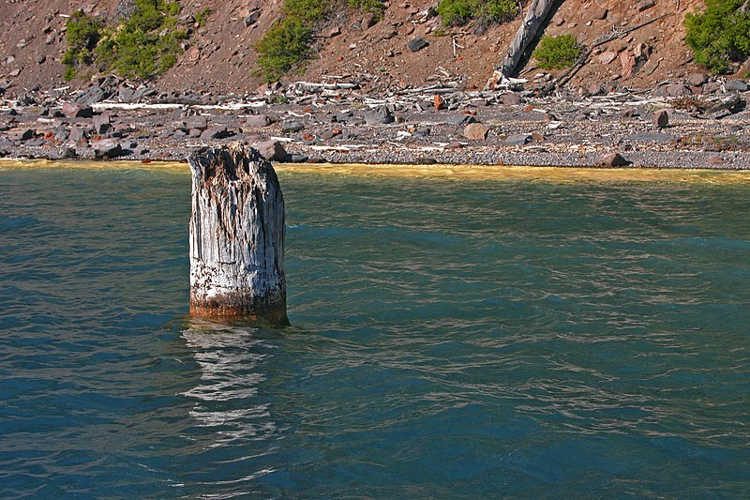
A floating tree stump known as the “Old Man of the Lake” has been bobbing in the blue water of Oregon’s Crater Lake for at least 120 years, baffling scientists with its upright orientation and allegedly even controlling the local weather. The first account of the Old Man of the Lake dates back to 1896, […]
Puerto Escondito – Mexico’s Sinking Beach

Shocking photos of a popular beach in the Mexican state of Oaxaca sinking into the Ocean have been doing the rounds on social media, leaving people scratching their heads in disbelief. It turns out the sinking is being caused by a phenomenon known as “mar de fondo”, or “swell”. Swells rarely occur at popular seaside […]
Sailing through Rock – Sailors Encounter Pumice Island the Size of Manhattan
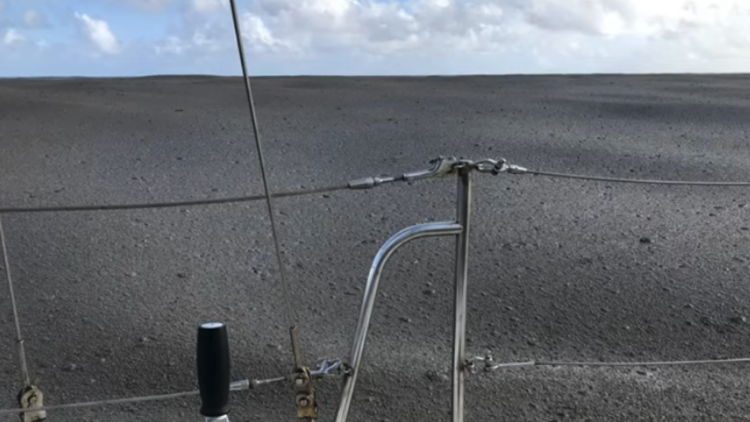
An Australian couple sailing their catamaran towards Fiji, in the Pacific Ocean, encountered a 150-square-kilometer pumice raft drifting towards Australia. Believed to have been produced by an underwater volcanic eruption near the island of Tonga, the pumice raft is over 20,000 football fields in size and several inches thick. Its existence was first reported on […]
Residents of Far-East Russian Region Wake Up to Bizarre Pitch-Black Morning

The people of Siberia’s Verkhoyansk district got a feeling of deja vu last Friday when they woke up to total darkness at an hour when the sun should have been high in the sky. A similar phenomenon occurred in the region just over a year ago. This time of year, dawn breaks at around 4 […]
Montenegro’s Water Tree – A Rare Natural Phenomenon
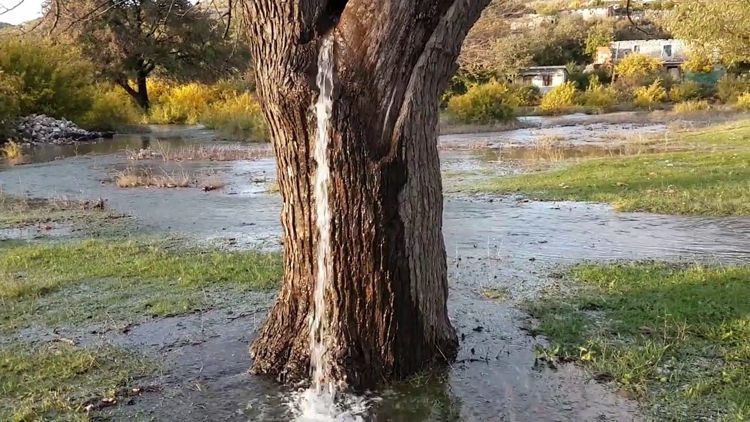
The small village of Dinoša, in Montenegro, is home to an old mulberry tree that turns into a water fountain every time it rains heavily. As we all know, water doesn’t normally gush out of living trees, but at least in this case the phenomenon has a perfectly reasonable explanation. You see, the meadow that […]
